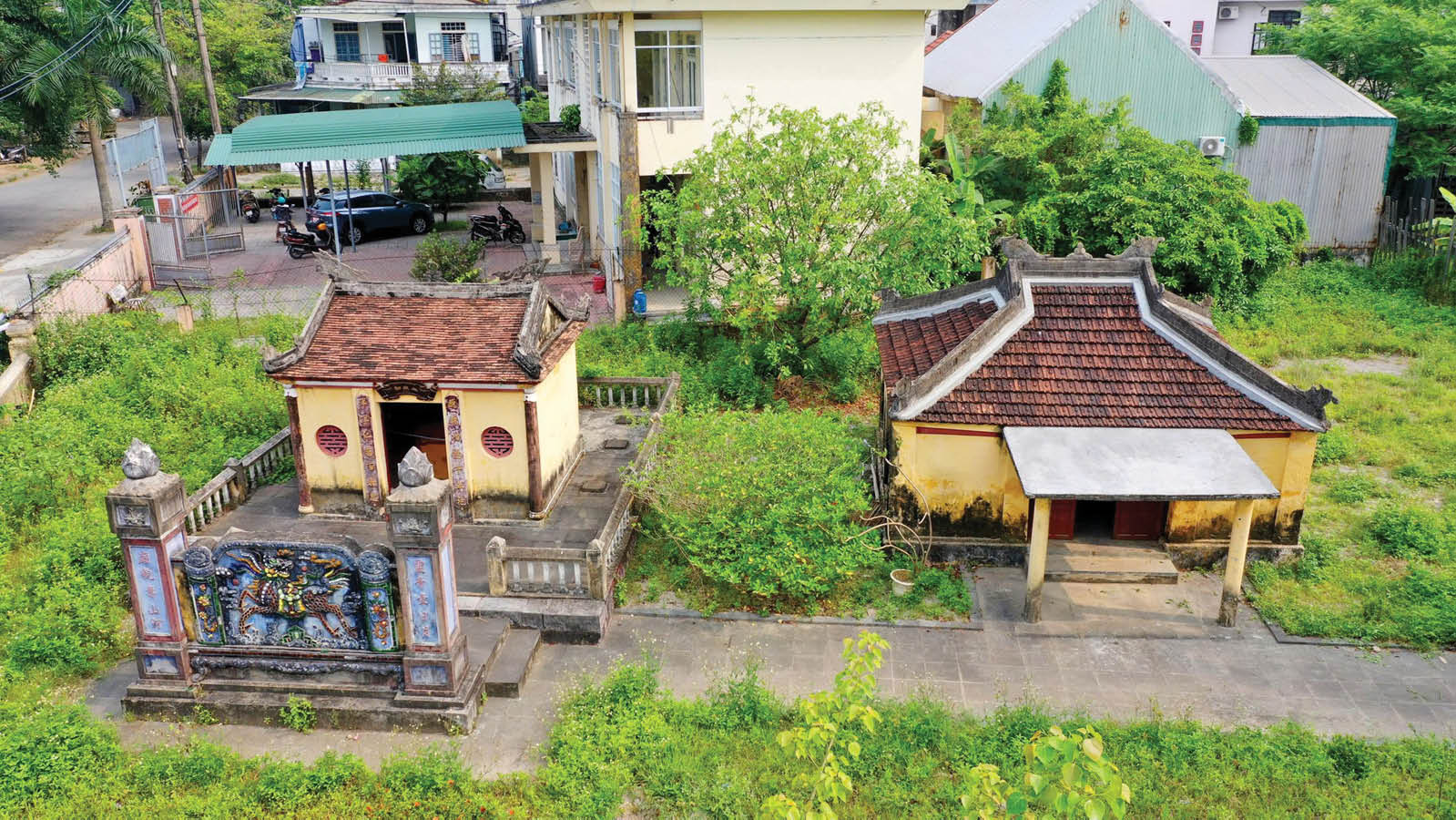 |
| Constructions in the grounds of Van Xuan communal house. Photo: BTLS |
Spiritual support of residents
According to Decision No. 431/QD-UBND, dated February 20, 2025 of Hue City People's Committee, Van Xuan communal house, Kim Long ward was officially ranked as a city-level historical relic.
Van Xuan village, also known as Ke Van, was formed in the 14th century, associated with the footsteps of migrants from Chau Ai region ( Thanh Hoa ) to the South to reclaim land. When settling, residents built a communal house to worship, practice their beliefs and connect the community.
The communal house was built in the traditional folk architectural style, with three rooms and two double wings, tiled roof, and many elaborate wood carvings, reliefs, and ceramic pieces. The horizontal lacquered boards, parallel sentences, and patterns here all exude the philosophy of life and the community's desire for "prosperity and peace".
Not only a place for spiritual activities, Van Xuan communal house also bears the mark of many historical events in the two resistance wars against France and the US. This was once a gathering point for forces, organizing revolutionary activities, and fostering the patriotic spirit of the villagers.
Having gone through many wars and natural disasters, the communal house has been damaged many times. However, with the joint efforts of the people, it has been restored and preserved. In particular, the major restoration in 2009 helped the communal house to look more spacious, continuing to be a spiritual support for the community.
Today, the communal house grounds include the gate, the citadel, the screen, the communal house yard, the main communal house, and the Khai Canh, Khai Khan, Am Hon, and Ngu Hanh temples. Many royal decrees, horizontal lacquered boards, and parallel sentences are still intact, demonstrating the unique tangible and intangible values.
Mr. Tran Trung Dung, representative of the Executive Board of Van Xuan communal house, said: "The communal house is recognized as a relic, we feel even more responsible for preserving, maintaining and passing on this value to future generations."
Attached to community life
Hue currently has 92 national relics and more than 100 city-level relics. Among them, communal houses are cultural institutions, preserving the soul of the village, commune and cultural traditions for generations, reflecting the identity, beliefs and solidarity of local residents.
Mr. La Thien Phuong, Deputy Director of Hue City History Museum said: “Compared to many other communal houses, Van Xuan communal house still preserves quite intact both architecture and artifacts. This is valuable evidence serving the research of history, culture, as well as the process of forming Hue city”.
In the memories of many Kim Long residents, the communal house is not only a sacred place but also a place to discuss public affairs and preserve customs and traditions. People believe that being recognized as a relic will create favorable conditions for organizing festivals, educating about traditions and promoting heritage to tourists.
Kim Long Ward Party Secretary Hoang Phuoc Nhat shared: “The recognition of Van Xuan communal house as a city-level historical relic not only affirms its legal status but also enhances the spiritual values fostered in the community. In the coming time, we will coordinate with the cultural sector and the people to preserve and combine the communal house's preservation with cultural and tourism development.”
According to Ms. Dang Thi Thanh Loan, Deputy Head of the Department of Culture and Society of Kim Long Ward, there are currently 16 relics in the area, including 6 national relics and 10 city-level relics. The Ward People's Committee directly manages 3 city-level relics including Van Xuan communal house, Xuan Hoa communal house and Kim Long communal house. In the period of 2020 - 2024, from the state budget and social mobilization, Xuan Hoa communal house and Kim Long communal house were restored with a total cost of more than 10 billion VND.
In addition to the three communal house relics mentioned above, the locality also has 14 communal houses in residential groups. The communities are increasingly aware of protecting and restoring communal houses, turning them into common cultural activities. Activities such as Spring - Autumn ceremonies and traditional New Year held at communal houses contribute to enriching spiritual life and creating community cohesion.
The recognition of the communal house as a historical relic opens up new opportunities for the community and the government to join hands in preserving it. From here, a familiar cultural space of the people will be revitalized, accompanying Hue in the journey of building a heritage city.
Source: https://huengaynay.vn/van-hoa-nghe-thuat/co-hoi-bao-ton-phat-huy-gia-tri-dinh-lang-158692.html












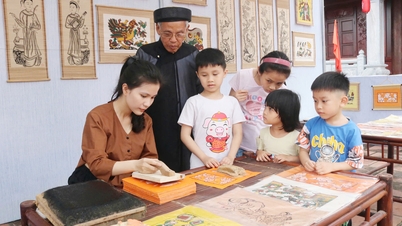

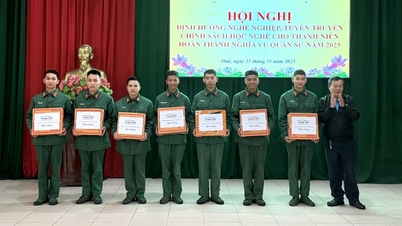
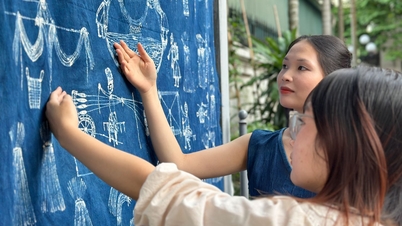

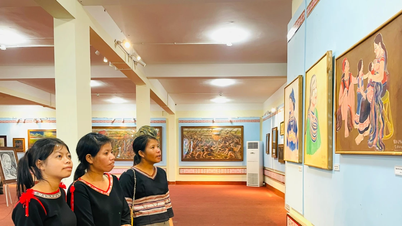



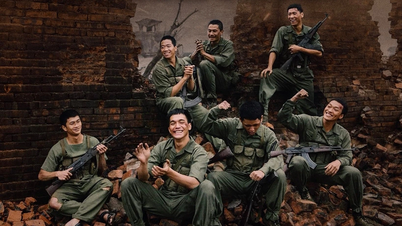

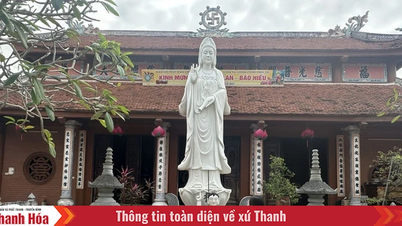


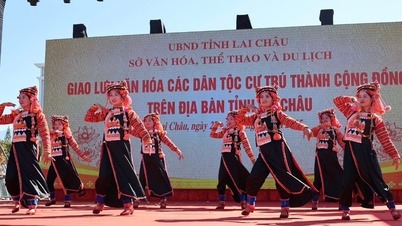








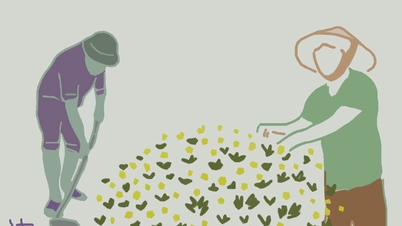



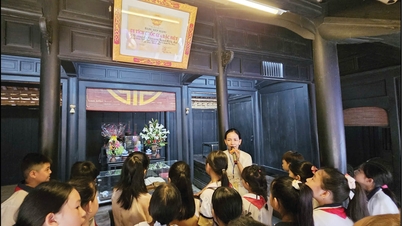






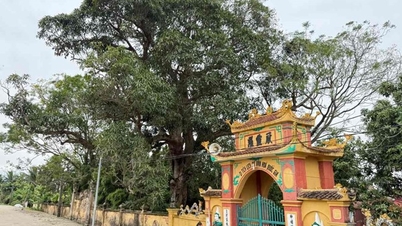

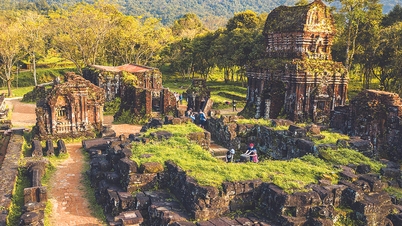
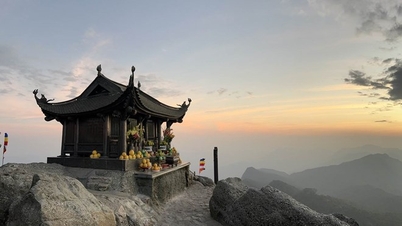
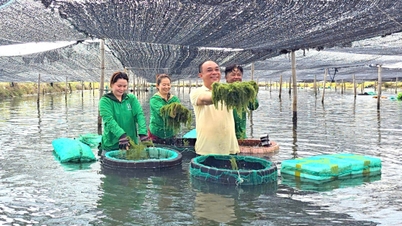



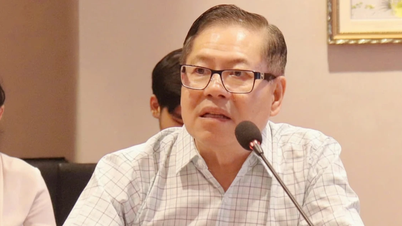




















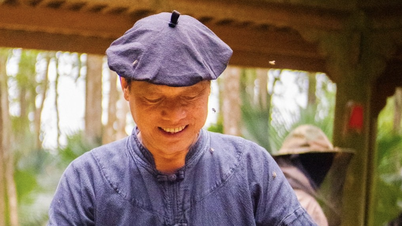



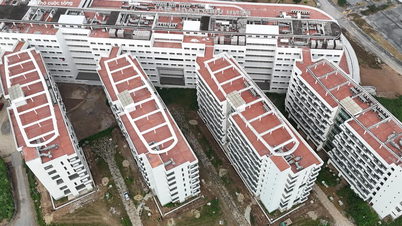

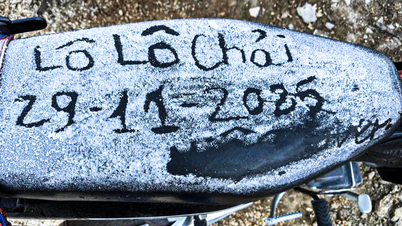


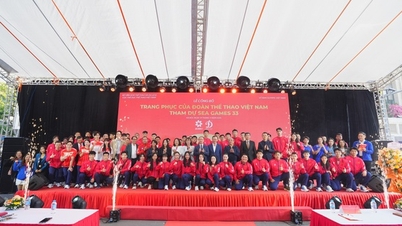





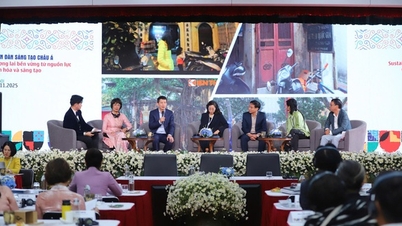
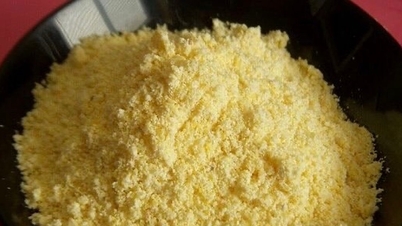

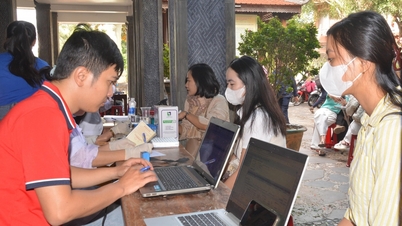

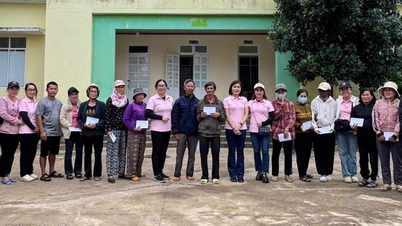

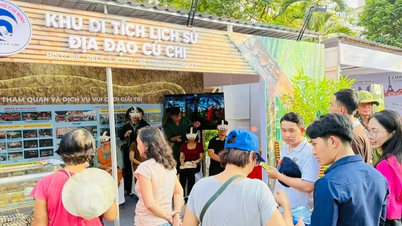













Comment (0)